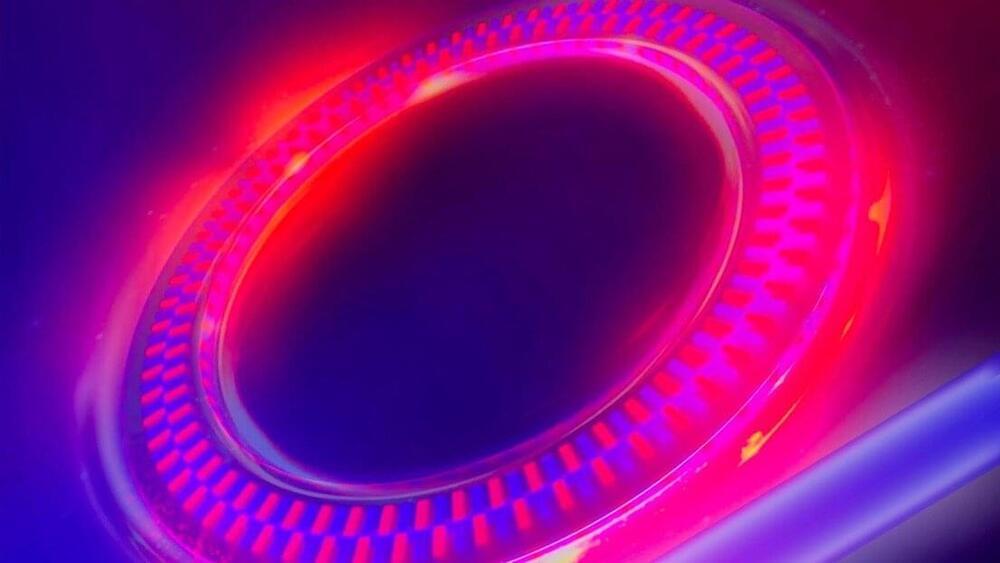
Technology is increasingly moving towards miniaturization and energy efficiency. This also applies to electronic chips. Light, and optics more broadly, are functional in making compact and portable chips. Researchers from the Photonic Systems Laboratory, headed by Professor Camille Brès, have successfully applied a novel principle for introducing second-order optical nonlinearity into silicon nitride chips. A first reported in the journal Nature Photonics.
Different colors of light
“When using a green laser pointer for example, the laser itself is not green because these are particularly difficult to manufacture. So we change the frequency of an existing laser. It emits at a frequency which is half that of green, then we double it by using nonlinearity in a crystal which gives us green. Our study consists of integrating this functionality but on chips that can be manufactured with standard techniques developed for electronics (CMOS). Thanks to this, we will be able to efficiently generate different colors of light on a chip,” explains Camille Brès. The demonstrated approach had never been implemented before. Current photonic chips compatible with CMOS processes use standard photonic materials, such as silicon, which do not possess second-order nonlinearity and therefore are not inherently capable of transforming light in this way. “This turns out to be a barrier to the advancement of technology,” adds the professor.


















